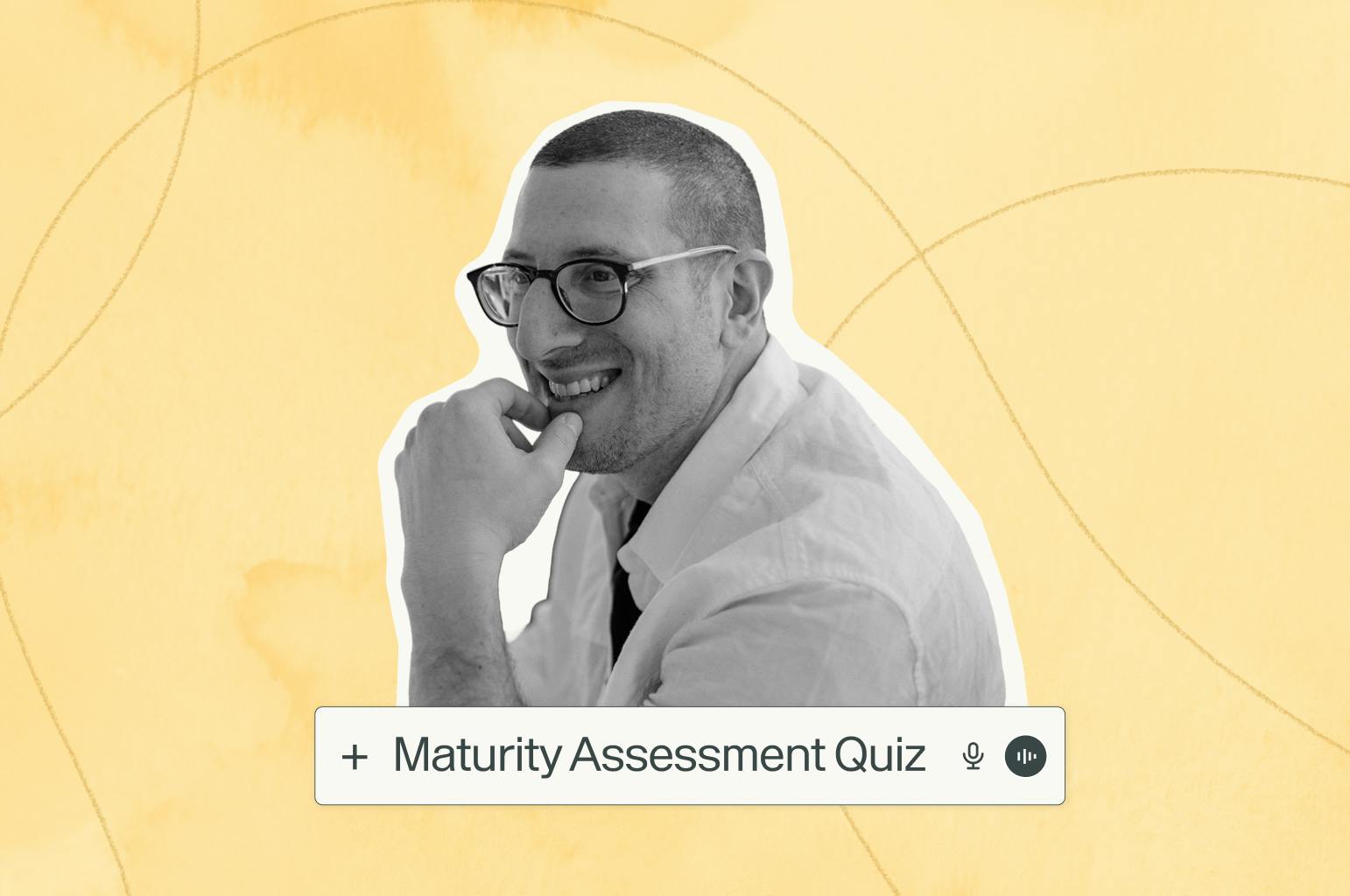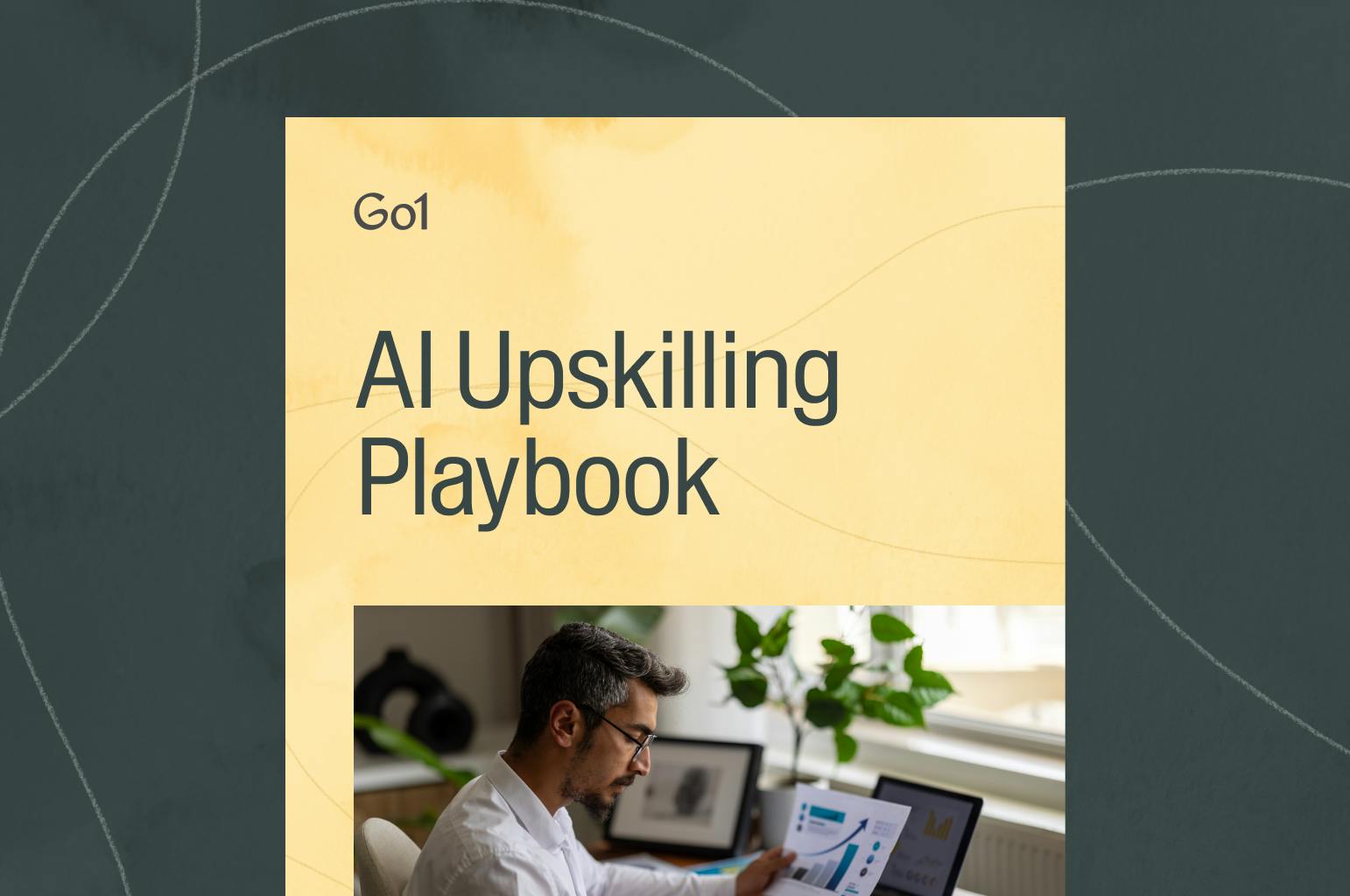Overcoming change fatigue in highly regulated industries

Managing organizational change is a common challenge for leaders, especially in highly regulated industries like finance, manufacturing, and healthcare. Despite change being an essential piece of any thriving business and the majority of leaders needing to adapt their business every two to five years, only 34% of change initiatives succeed.
Changing regulations, while often seen as huge disruptors that upend current working habits, are essential to success. Beyond more mandatory changes, like staying up to date with regulations and compliance policies, the opportunity to learn at work can reduce employees’ rates of absenteeism.
How can highly regulated industries make change not only a seamless part of their operations but a positive aspect of learning and organizational culture?
Challenges employees face in accepting regulatory changes
Change can be hard for anyone, but when it comes to business, evolving regulations and adopting new ways of work present a few major challenges. Common challenges include:
- Lack of inclusivity: Despite 74% of leaders saying they involve employees in creating a change strategy, only 42% of employees report feeling included. When employees aren’t brought into the process of change in a thoughtful and intentional way, they can feel uncertain, frustrated, and forgotten.
- Limited resources: Though change happens often, especially in highly regulated industries, many organizations struggle to provide the right resources for seamless and successful change. In fact, a recent survey of employees showed that 83% say they were not provided enough resources to adapt.
- Few insights into progress: As seen in a recent study by CEB on change management, though change is crucial to success, 50% of leaders are unsure if recent organizational changes have succeeded, and 51% of employees, including managers, say their leaders don't outline clear success metrics for change. When employees can’t see their efforts materialized into tangible results, they’re unlikely to want to engage at all.
- Time commitment: Employees are busy and compliance training can be lengthy. Given that, employees often procrastinate or avoid training altogether, leading to poor comprehension (from rushing through programs) and even learning bottlenecks.
- Change fatigue: Employees may feel overwhelmed by the additional tasks and documentation required to comply with new regulations, leading to frustration and burnout that could be avoided. And in industries like finance, manufacturing, and healthcare — where teams are often burdened with hefty physical and mental work, too — additional training can be overwhelming.

The role of L&D in managing change
By preparing employees with the right tools and training leaders to champion new initiatives, L&D teams can make change a positive part of learning and organizational culture.
Selecting the right tools
One of the best ways to seamlessly and successfully implement change into organizational culture is through the use of the right resources and tools.
When choosing L&D software to facilitate change, leaders should look for providers that offer an extensive range of courses and content that is regularly updated. Beyond that, organizational leaders should be selecting tools that allow for customized learning paths that align with specific regulatory changes and organizational goals. Plus, they should offer a variety of learning formats, like self-paced microlearning and interactive modules that make it easier for employees to fit training into their busy schedules.
L&D leaders should also choose software that integrates with various Learning Management Systems (LMS) and other HRIS platforms, making it easy to integrate existing workflows and systems. When your technology is streamlined, learning becomes a unified and consistent experience across the organization that prioritizes delivery and engagement.
If not built into any of these systems you choose or already work with, leaders should invest in progress-tracking and evaluation tools that allow them to monitor employee progress, completion rates, and engagement levels. Most learning software and content aggregators, like Go1, have this built in to make work easier and effective. Organizations can use the analysis tools to assess and verify all employees have completed necessary regulatory training, reducing the risk of non-compliance and keeping teams engaged.
Train leaders to be champions of change
For long-term success and buy-in amongst employees, team managers are the way in. L&D must ensure a close relationship with leaders and a comprehensive understanding of the new regulations. When leaders are well-informed and included in change management — from inception to deployment — they can confidently guide their teams through the transition. Let’s face it, teams are more likely to listen to their leads, than L&Ds who are often pushing training their way.
To build an effective workflow, L&D should provide people managers with a digital toolkit, including change management templates, checklists, and best practices. Likewise, they should supply leaders with a series of communication workshops focusing on crafting clear messages, active listening, and addressing concerns as they come up.

Making change a positive part of your organization
While change is often seen as a necessary evil in highly regulated industries, it doesn’t have to be that way. With the right strategy, change can become a positive part of any learning culture, in any industry.
While historically, regulation training is static and pretty boring, tools like quizzes, real-life simulations, and podcasts can make learning about changing regulations memorable — especially for those who struggle with traditional learning methods.
Go1 can help you through changing regulations
Adapting and learning about regulatory changes doesn’t have to result in change fatigue and employee frustration. With the right tools and strategy, you can make change an integral, successful part of your organization, while staying compliant.
Go1’s extensive collection of courses cover topics for even the most regulated industries. Your L&D teams can find coverage specific to financial services, manufacturing, healthcare, and more, all in one subscription. Find microlearning options, immersive courses, podcasts, practice labs, or even work with our team to build out a course specific to your needs. Go1 can help any organization get up to speed seamlessly and successfully.
Plus, with partnerships with over 70 LMS and HRIS systems to deliver courses directly through existing tools, highly-regulated industries can make learning an everyday, integrated part of daily operations so everyone can learn on the go.
Ready to see Go1 in action?
Related Articles

Application Guide: How to use the Go1 AI for L&D Maturity Assessment to assess our workforce AI capability

AI upskilling made clear: A practical guide to building an AI-ready workforce

Go1 welcomes PepTalk

5 Data-Backed Insights Shaping the Future of AI in Workplace Learning

Train smarter, spend less
Train smarter,spend less
Connect with a Go1 expert to explore the best training options for your organization—no pressure, just solutions that work.